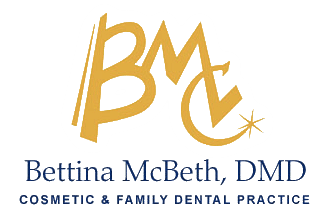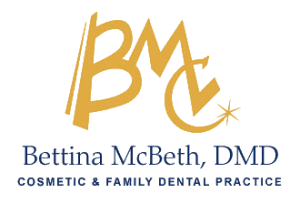Dental inlays and onlays are some of the strongest and most lifelike dental restorations available, and will increase your overall health and instill confidence for years to come.
When are Inlays Used?
For patients seeking moderate tooth restoration of their rear teeth, Dr. McBeth will most likely recommend an inlay or an onlay. Inlays and onlays are used when teeth sustain too much damage for a filling, but not so much damage that a complete tooth replacement or crown is required. Inlays allow for as much of the original tooth structure to be preserved as possible. Sometimes, an inlay or onlay is prescribed when an old filling needs to be removed or replaced, and has caused additional damage to the tooth.
What to Expect During the Procedure
Patients being treated with inlays or onlays can expect the procedure to take place over the course of two or more dental appointments. During the first appointment, the dentist will clear out the decay or damage from the tooth and take an impression to be sent to a lab. A temporary inlay will be placed on the tooth, and upon fabrication of the new inlays, the patient will return for a fitting. The inlay should match the same bite patterns of the original tooth, and though patients may experience some mild discomfort following the inlay placement, but the mouth will soon get used to the feeling and the way the repaired tooth heals in the mouth.
Decayed teeth may require an inlay to restore strength and health to the natural tooth structure.
The decayed portion of the tooth is removed from the sound tooth structure.
An inlay is fabricated to match the look and feel of your natural teeth. This restoration often resembles a puzzle piece.
In most cases the restoration will completely blend into the natural tooth structure.





